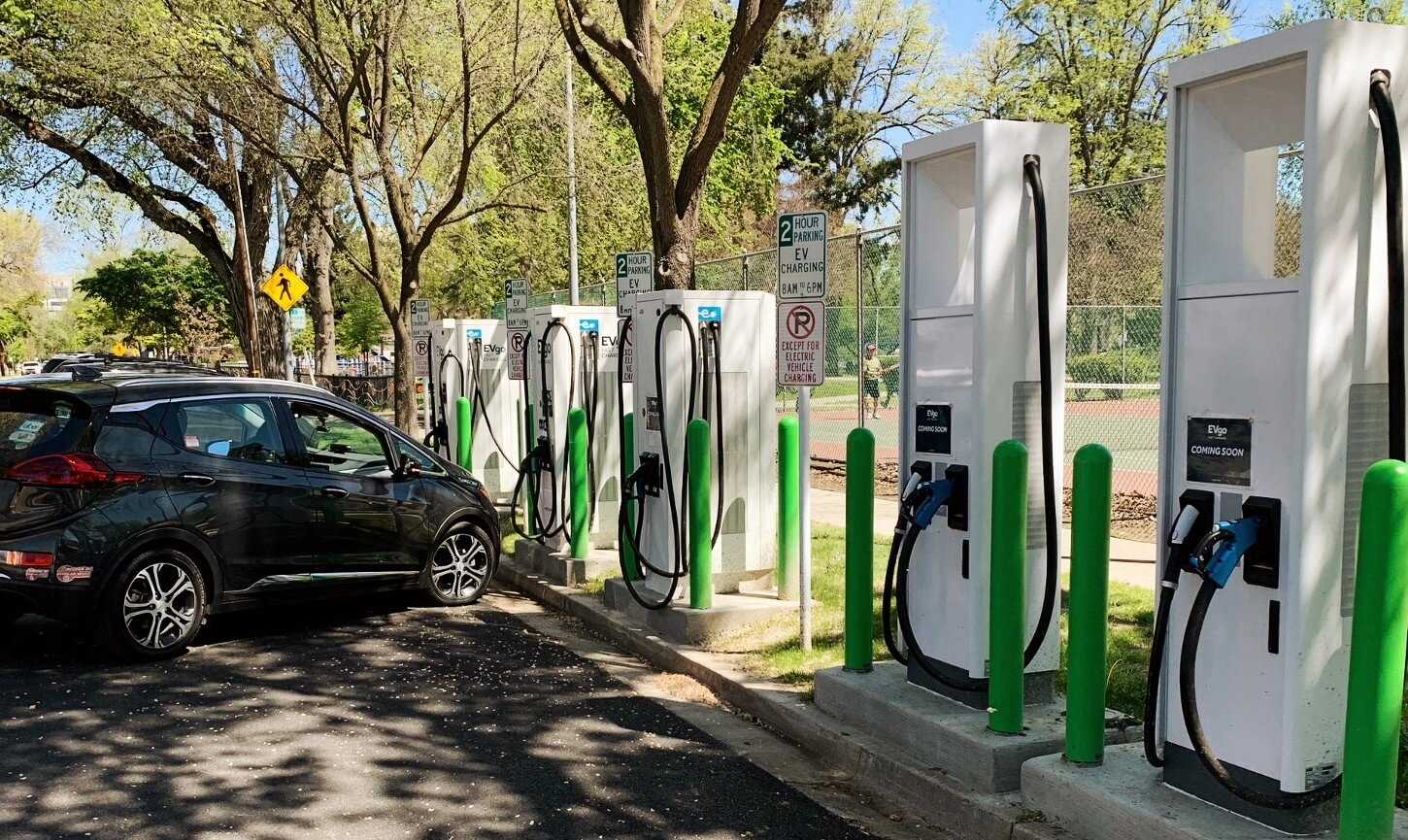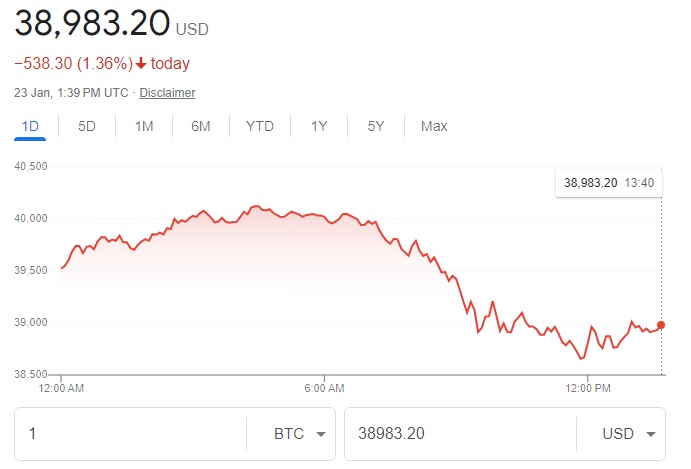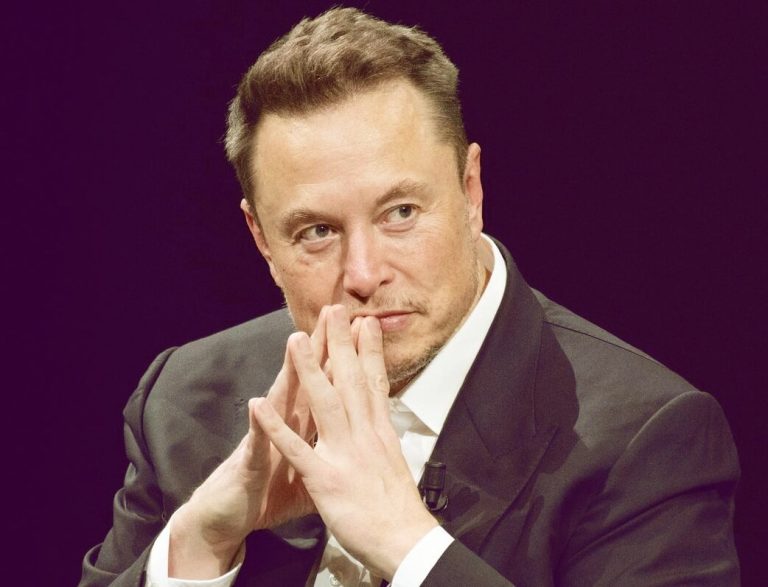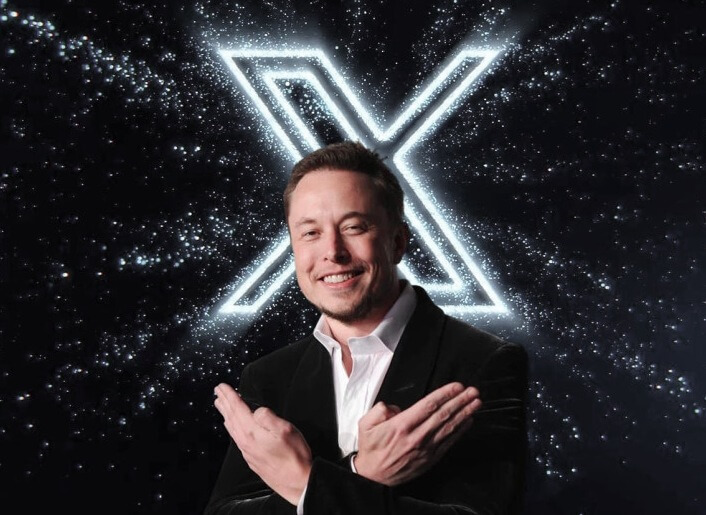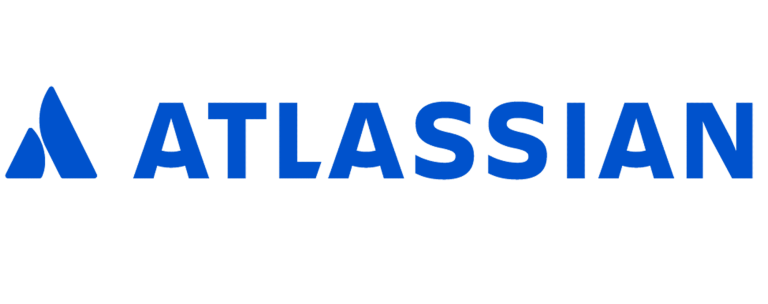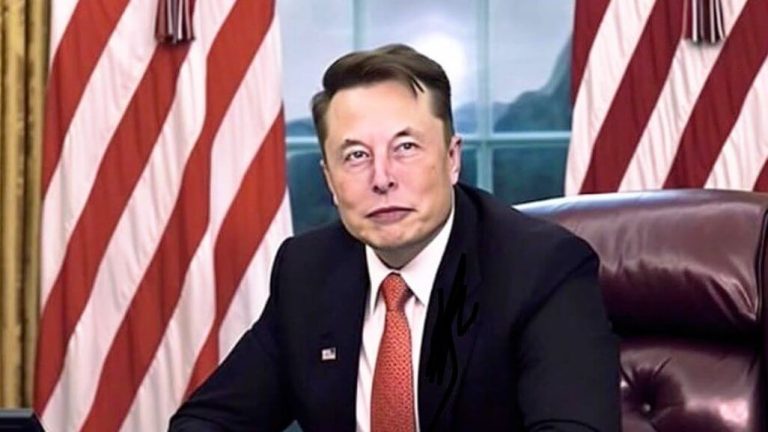The common complaint about electric cars is that they have less range than gasoline vehicles. In five years’ time, however, this complaint will be a thing of the past across much of the United States.
In order to build a nationwide network of fast chargers, the federal government will begin allocating $5 billion this year. As part of the plan, states are directed to build charging stations every 50 miles, with each station being capable of charging at least four EVs simultaneously at 150 kW.
State governments will be able to apply for grants to fill in gaps once the Interstate charging network is completed. Exceptions to the 50-mile requirement can be granted as needed by the Joint Office of Energy and Transportation, an agency established to help the Transportation and Energy Departments administer this program.
Initially, Interstate funds will be allocated based on a formula similar to how federal highway grants are allocated. The Joint Office of Energy and Transportation will receive $300 million in the fiscal year 2022 and $615 million will be allocated for charging stations. Ten percent of each year’s funding will go toward filling network gaps.
Additional discretionary grants of up to $2.5 billion will be made available once the initial $5 billion program is launched.
In order to meet federal requirements, states must prove that their charging stations will be reliable – at least one charger of each station must work more than 97 percent of the time – and that they will limit their impact on the electric grid. As demand grows and rates increase, states should also design charging stations so that they can be easily expanded and upgraded. State governments are also encouraged to place chargers near visitor centers, convenience stores, and restaurants as part of the new program.
In order to earn credit for their Interstate network build-out, states must install chargers that use the Combined Charging System, also known as the CCS. Except for the Nissan Leaf, most EVs sold in the US can use CCS plugs. Despite having their own plug type, Tesla is reportedly working on an adapter that will enable at least some of its fleet in North America to use CCS fast chargers.
Domestic production of chargers will also be prioritized under the new program, which has already prompted some manufacturers to establish operations in the US. In a recent announcement, Tritium, an Australian manufacturer of fast chargers for ChargePoint, announced that it is building a factory in Tennessee that can build 30,000 DC fast chargers every year. As part of its expansion plans, Siemens plans to make up to 1 million chargers per year by 2025 in the US.
There is currently a problem with the new program concerning how people will pay for charging. Non-Tesla EV owners currently have apps on their phones (or key chains) to access different charging networks. It is not convenient.
President Joe Biden has committed to creating a network of 500,000 charging stations across the US by 2030, and this program marks a significant step toward that goal. In addition to slashing carbon emissions from transportation, that plan would help speed the country’s transition to EVs.

